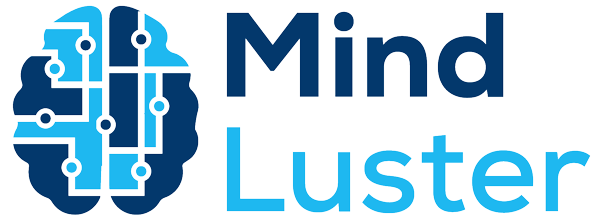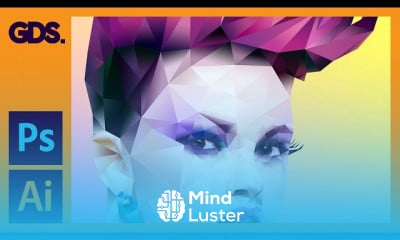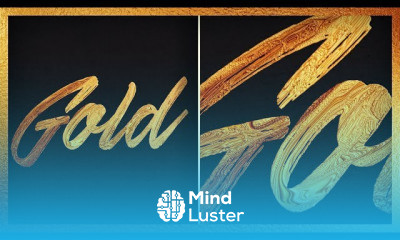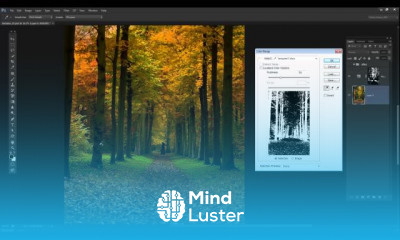Layer Masking In Adobe Photoshop
Share your inquiries now with community members
Click Here
Sign up Now
Lesson extensions
Lessons List | 24
Lesson
Comments
Related Courses in Graphic Design
Course Description
Creating reflections in photoshop,
in this course we will learn about Creating Reflections in Photoshop course, where you'll discover how to design realistic and creative reflection effects using Adobe Photoshop. The course covers various techniques to mirror text, objects, and photos on different surfaces such as water, glass, and polished floors. You’ll learn how to use layer duplication, gradients, masks, opacity adjustments, and blur effects to create subtle or dramatic reflections. From product mockups and typography to landscape enhancements and digital art, this course provides step-by-step guidance for achieving professional-looking results. Whether you’re a beginner or an intermediate designer, you’ll gain the skills to add depth, realism, and visual impact to your projects using reflection techniques in Photoshop. Gareth David Studio
Trends
Cybersecurity fundamentals A Z
Web design basics
Accounting Finance course
E Commerce web design
Web Design for Beginners
UX UI design career
Create Animals icon in figma
Customizing type for logos
Essential skills for web designers
UX design fundamentals
Create food and drink icon in figma
Figma web design
Best zoology books
Create a YouTube account on Your phone
Figma mobile UI design essentials
Figma mobile app design
Web Design 101 Free Full Course
SQL for accountants and finance managers
Abstract Poster design in figma
Mastering logo design in illustrator
Recent
Bioinformatics basics
Bioinformatics databases
Vitamin A to Z tablets
Best zoology books
Best cream for piles pain
Laser surgery for piles
Best cream for piles
Anal fissure treatment
Best antibiotics for diseases
Antibodies structure
Macrophage structure
Drosophila genetics
Diagnostic tests
Bioinformatics
Genetics
Gene therapy
Kidney structure
DNA replication and types
Bacterial cell structure
Parasite structure

















